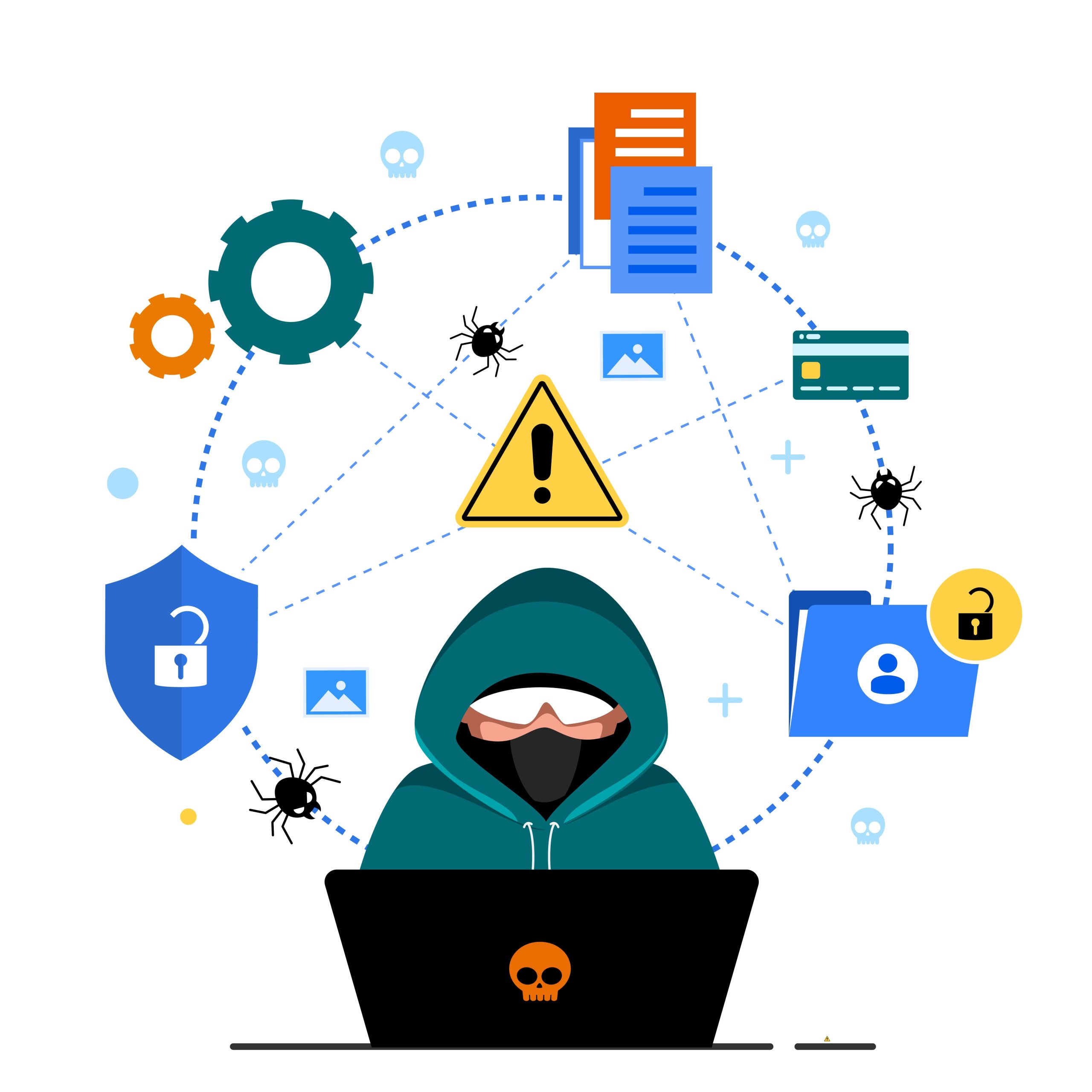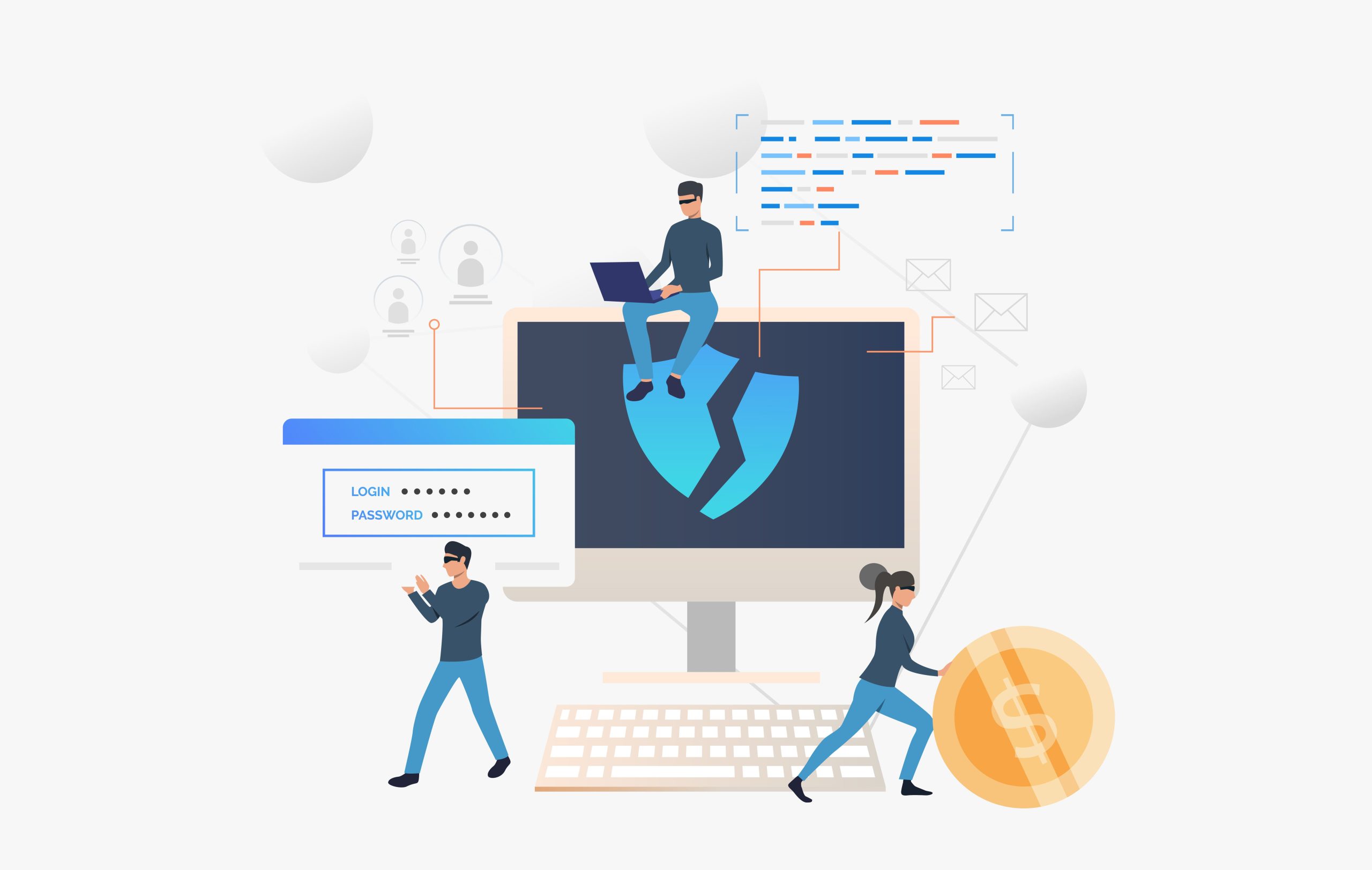One of the most persistent problems is the tendency to treat cybersecurity as a regulatory necessity rather than a strategic business function. A survey by Delinea that encompassed IT security decision makers found that 63% of respondents in UAE and KSA did not think that their boards considered cybersecurity as a business enabler. This results in:
- Security programs designed to pass audits, not mitigate actual threats.
- Investments delayed or misdirected
- Resources wasted on tools that don’t directly reduce risk
- Surprisingly, many companies are still depending on perimeter
firewalls or a framed













